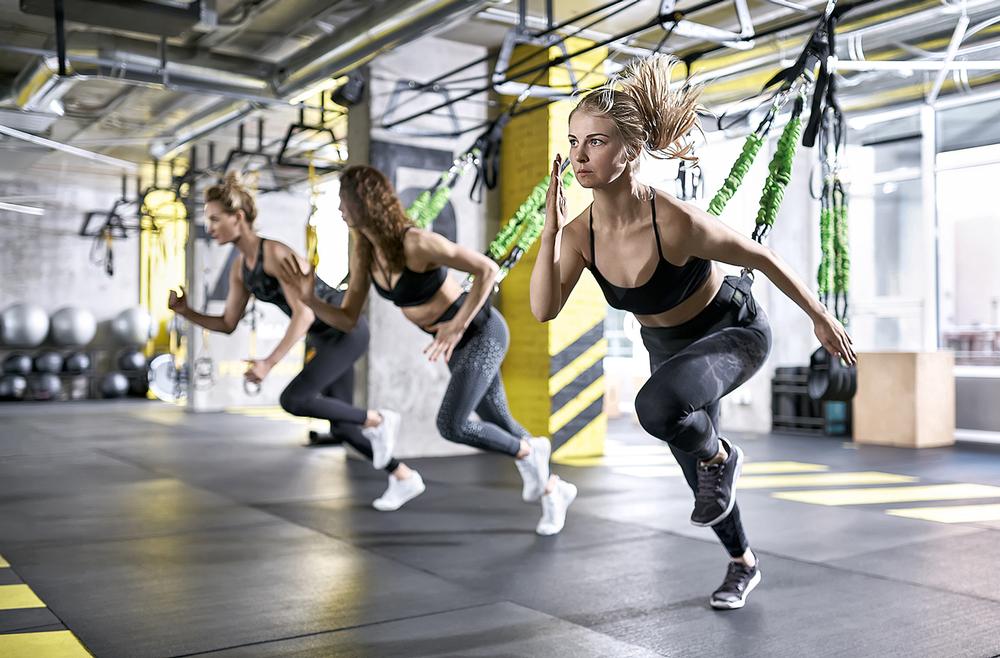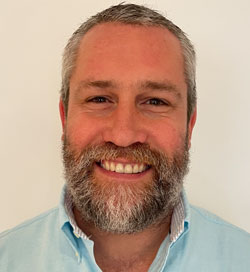latest fit tech news
Egym snaps up Hussle as it moves to dominate the corporate wellness market with its Wellpass product
Talking Point: The future of facilities
The fitness industry has shown incredible flexibility during lockdown, pivoting to digital to keep people active. But as lockdowns end, we ask what impact the pandemic will have on facility provision
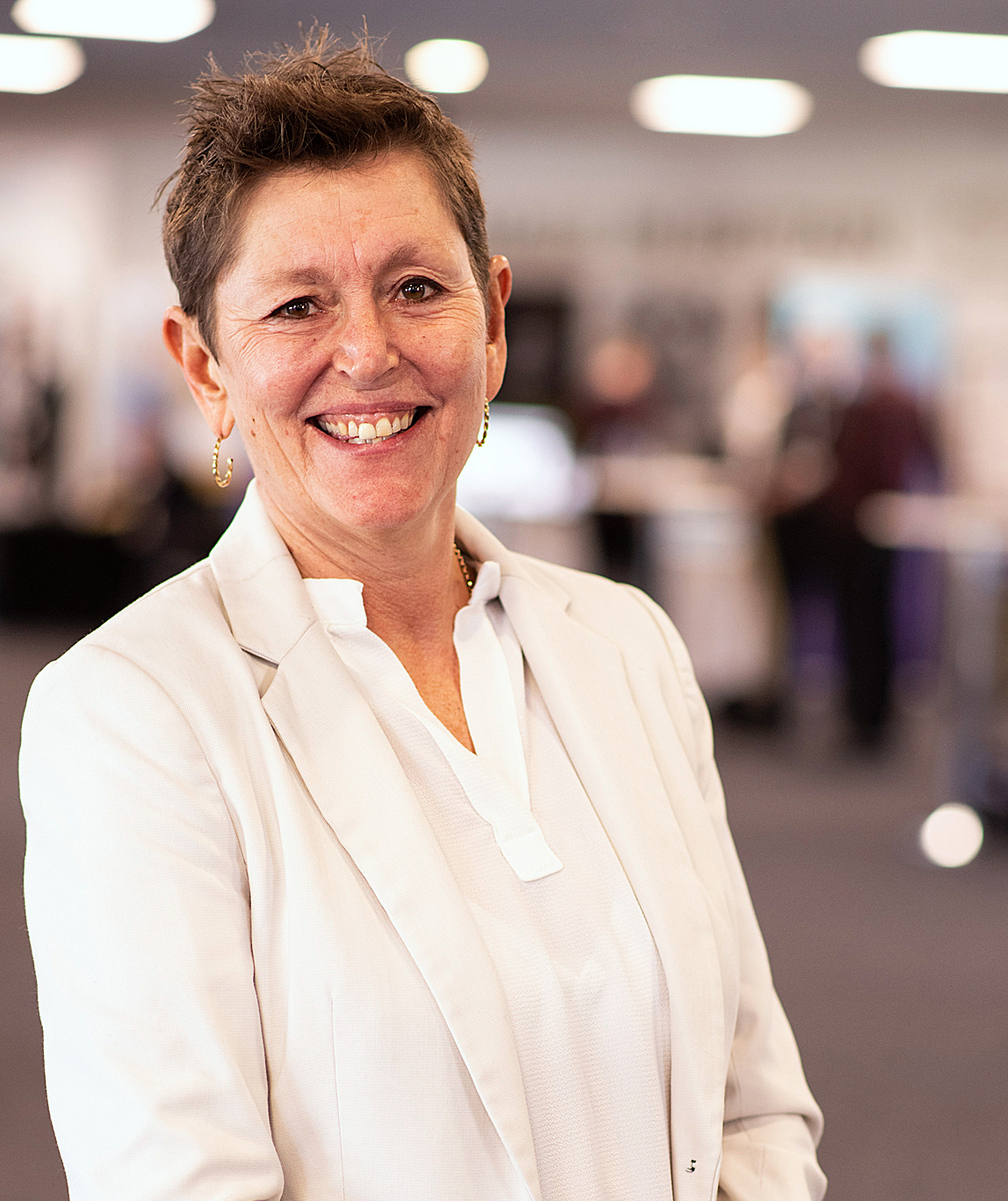
The effects of the pandemic will be most immediately seen in the number and type of sites that will reopen after lockdown. Understandably, operators want facilities up and running as soon as possible. To help them, CIMSPA, with ukactive, has developed national guidance for the UK on the safe operation of sites. However, a phased return is far from straightforward. For example, few operators have the space to run group exercise classes while maintaining social distancing, and team/contact sports will be all but impossible to host.
Some argue that a little revenue is better than none. But not many operators can shoulder the full costs of running a site, while generating only 20-30 per cent of the revenue. Staffing costs can represent 60-80 per cent of turnover and currently 80 per cent of that is being paid by government.
Some of the larger private sector operators will open; they’ve got reserves and can take the hit. The bigger budget chains have fewer staffing costs so they too will open. But smaller trusts and boutique gyms will struggle to operate and maintain social distancing. After years of cuts, the public sector has little to no reserves, so I believe they will need to have open conversations with their clients about mothballing many of their sites until a vaccine is found and social distancing measures are lifted.
The sector faces a challenging dilemma: if we do nothing, businesses will go bust. But if we rush to reopen, businesses will also go bust. There is a much bigger conversation to have with government here – they should force banks to lift the restrictive criteria in accessing business interruption loans. Swathes of our sector are unable to access these loans because the criteria is largely based on historical data and reserves that are not representative of how our sector manages its finances.
The initial stage of the pandemic highlighted key sectors such as the NHS. Given the emphasis placed on physical activity by government, I believe our sector should be included in the second wave and identified as a key sector, essentially giving us second phase key worker status. This gives us a valid case for requesting more government support, which will help more facilities to reopen to meet the nation’s mental and physical wellbeing needs.
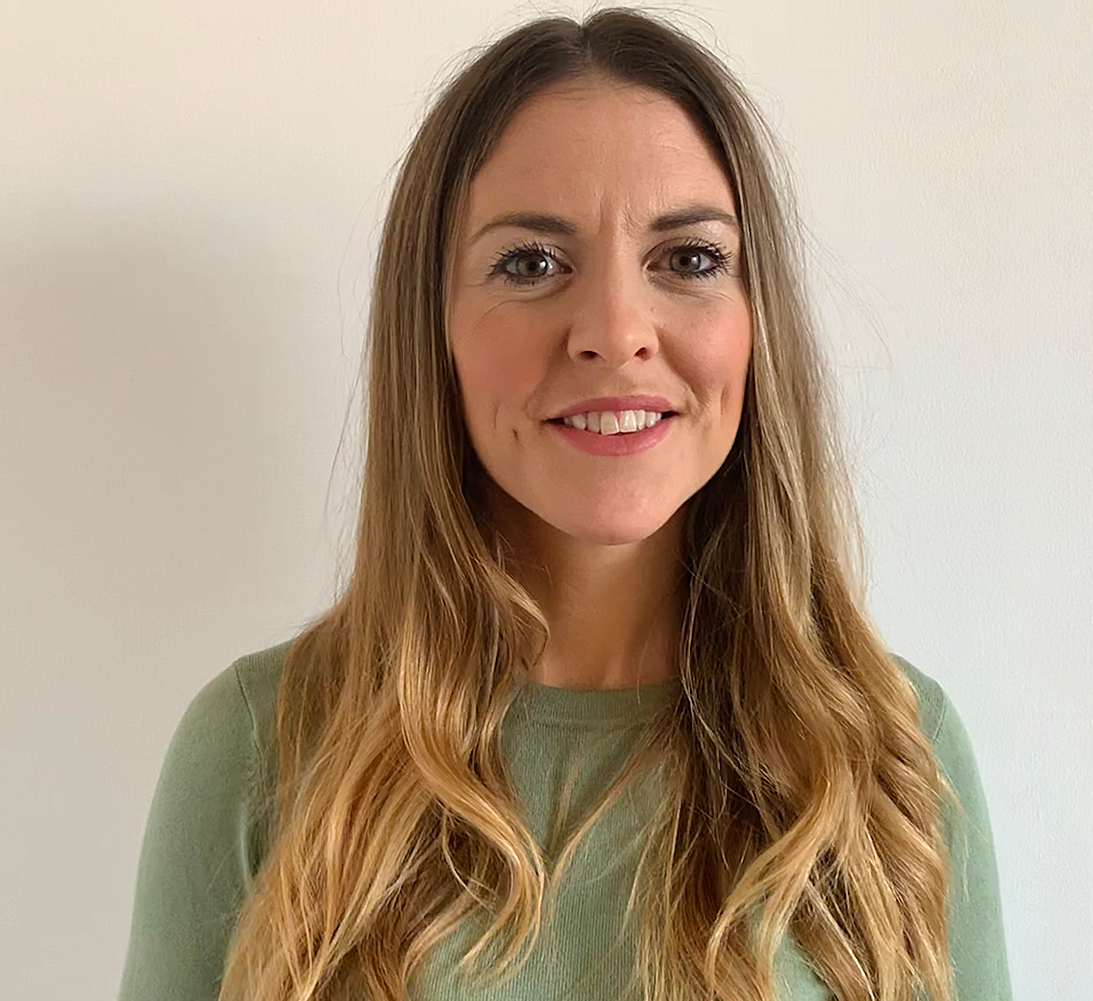
COVID-19 is an unprecedented challenge to the physical activity sector, not just until we find a vaccine but potentially far beyond that. While members of our facilities will return over time, we must not lose sight of those parts of society that will be hardest hit by this pandemic – in particular, older people and those with underlying health conditions who will fear most for their safety, and those in lower socio-economic groups who suffer most from the economic impact.
These groups were already identified as a large section of society that is not well represented within a leisure setting, and the pandemic is set to exacerbate that and marginalise them further.
More often than not, facility funding is aligned to addressing local health and social outcomes and inequalities, but more than ever we have a collective responsibility to ensure we are committed to addressing this widening gap in participation.
The funding framework for facility investment that ukactive will be developing in partnership with Sport England will reflect this. We’ll prioritise the allocation of funding to projects that demonstrate innovation and have the most impact on driving up participation among the aforementioned groups.
There’s now an abundance of digital content available, as the sector has really stepped up to the mark during the lockdown. Having a digital content offer for members will be a necessity going forward, but mainly as an add-on, in the same way you might choose peak- or off-peak membership.
Digital will never take the full value away from accessing a built facility – they are far more than bricks and mortar. Our facilities offer one-to-one support, friendship, camaraderie and, most importantly, a sense of belonging, acting as hubs that allow people to connect. This will be crucial to ease the impact of social isolation that was felt before COVID-19 and will be felt even more after.
The sector has really come together to navigate the challenges that COVID-19 has presented and it’s imperative this support for each other continues.
As the focus shifts to re-opening, ukactive is working through its four-stage strategy that’s been designed to ensure facilities are in the best possible position to re-open when the time comes. If implemented collectively by the whole sector, it will be a strong signal that demonstrates that the health and wellbeing of customers is at the heart of everything we do, as it always has been.
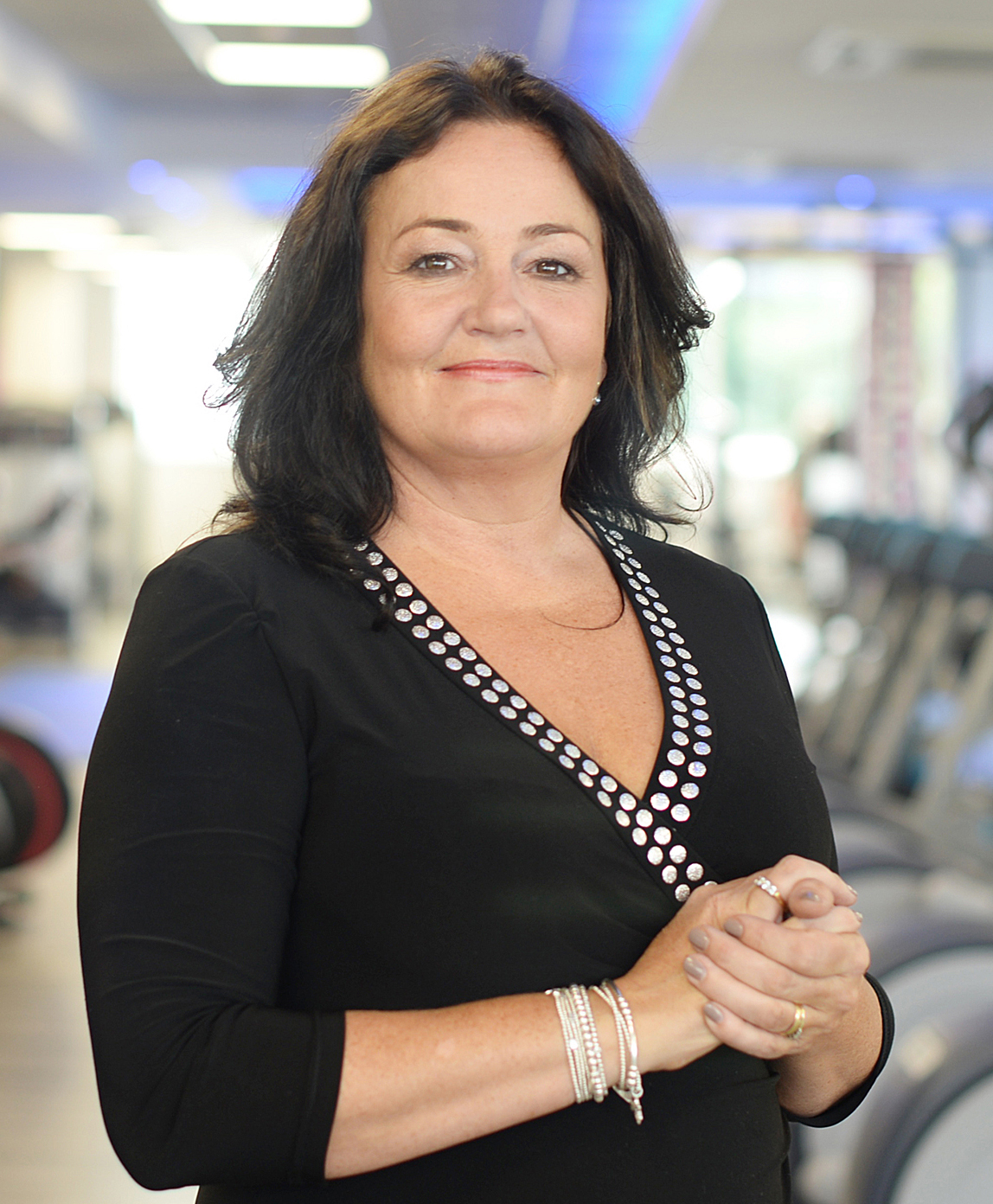
The pandemic presents the UK fitness industry with a unique window of opportunity. It gives us the chance to re-look at facilities and services we provide, how we engage with our communities and how we can meet the needs of those we have so far failed to attract to our sites.
For the sector to bounce back, we need to widen our perspective. Our venues tend to be homogeneous. This is our chance to become more than providers of gyms and group exercise for active 25- to 55-year-olds.
Lockdown has seen people working out at home and outdoors, exercising with their families and even taking up physical activity for the first time. We must capitalise on this by expanding and differentiating our offer to appeal to all users, however they want to exercise. For example, by activating outdoor spaces, creating fun and educational play spaces for younger children and developing challenging and interactive concepts for teenagers.
Our centres can be intimidating for significant swathes of the population, including older people and the deconditioned. This is why concepts like Shapemaster, which provides power-assisted exercise in a small, safe and supportive environment, are so popular with these markets.
As a sector, we consistently fail to attract people from the lowest socio-economic groups. The public sector has become increasingly commercial, with contracts going to the highest bidders. This results in monthly membership fees upwards of £40 – way beyond the means of those from the lowest socio-economic groups. If we want our public sector facilities to be truly accessible, we need to rethink the finances.
Our sector is best placed to support the nation during and after this pandemic, but we must ensure we have the right products to engage with all members of the population. We need to grab this opportunity.
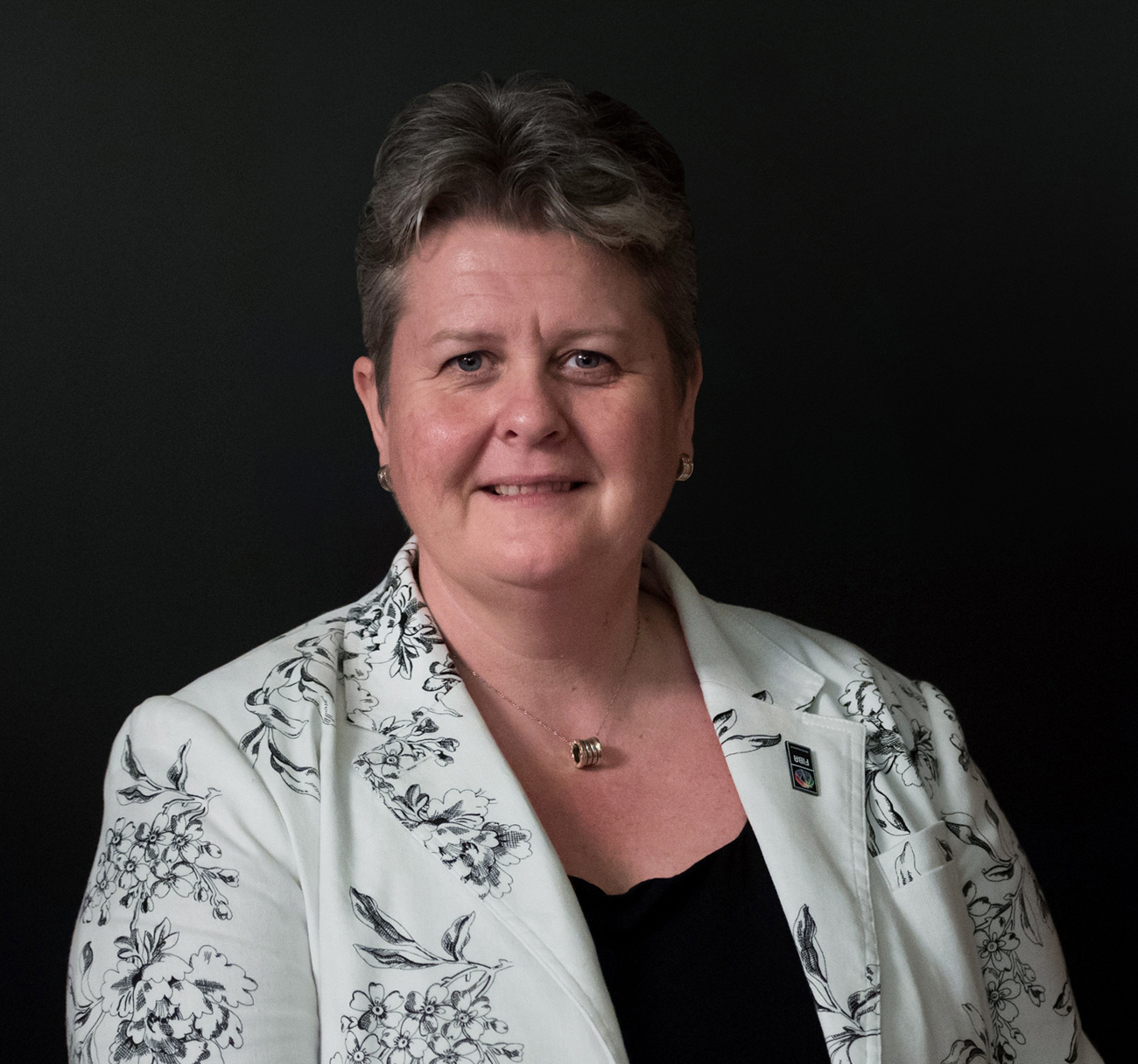
In the short-term, sport and recreation facilities have been forced to think about how they can effectively deliver their activity in a safe and clean environment.
This current climate has thrown up many logistical and planning issues that the sector has done brilliantly to collaborate on and start to overcome. With the timing of the return to pre-COVID-19 conditions unknown, this new method of delivery has to be made sustainable and future-proofed. /p>
The impact on funding has been substantial and we will not know the true extent of this for some time to come. It’s been extremely promising to see DCMS, Sport England and other funders step up so quickly to provide the support and financial safeguards that grassroots sport and recreation has so desperately required./p>
Flexibility will continue to be critical moving forwards. The sector has wonderfully embraced the enforced era of virtual delivery and it has certainly opened many eyes as to what can be achieved remotely and how sessions can continue to thrive away from facilities. This isn’t to say that this will become the new normal, but there is certainly an argument to be had that this virtual provision could co-exist with the more traditional way of delivering activity./p>
One of the issues that the pandemic has highlighted and, as Sport England’s latest figures indicate, strengthened is the inequality gap when it comes to activity levels. We firmly believe that one solution to greater inclusivity and accessibility would be to open school facilities for community use outside of school hours, when safe to do so. Providing physical activity opportunities with high-standard equipment on the doorstep of every individual will help to tackle the inequality we currently see./p>
With the ability to deliver training, classes and programmes in cost effective, user-friendly ways – we must collectively use this opportunity to make sure that we are open to every member of society and provide them with the chance to be healthier and happier thanks to physical activity./p>
How the sector adapts moving forward will be essential. We should embrace the opportunity to re-think and reset, to return as a stronger community.








